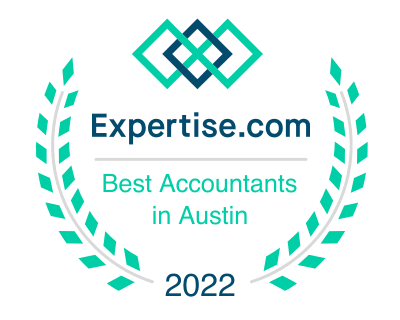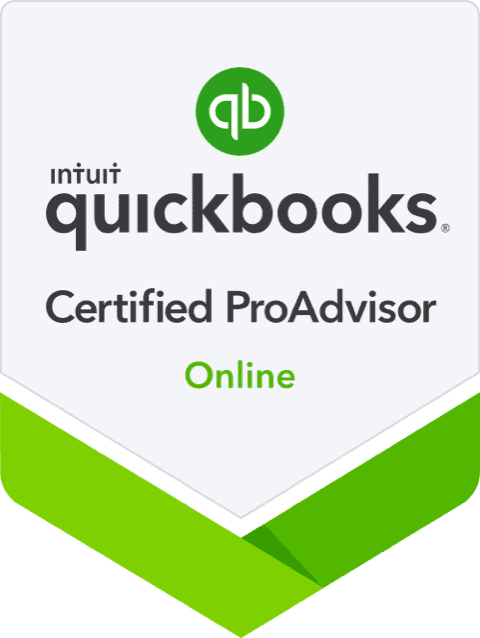Effective Budgeting to Drive Profitability

Budgeting for your business or business department may seem scary,
but the goal is worthwhile, and the budgeting process does not have to be complicated. The purpose of budgeting is to measure against actual results, to be then able to make the best decision and determine the best way forward. So to effectively use budgeting to drive profitability,
the two most important tasks are…
1) Isolate your most material (aka your most significant) revenues and costs.
2) Understand the nature of these revenue and cost items.
If you can consistently complete those two tasks, you will now have a business success rudder to stay the course or course-correct if necessary. Conversely, if you cannot meet these tasks, you are not listening to the results that your business and your customers are providing.
1) Isolate your most material (aka your most significant) revenues and costs.
This goes back to the previous statement that budgeting does not have to be complicated. You may use 100+ different revenue and costs categories (and those may all be necessary for your business), which would make the task of creating a budget seem daunting. However, isolate your most considerable revenue and controllable cost first to be most efficient and get the most bang for your buck (or your valuable time spent). And this means pulling from your instinct and well-honed deep understanding of your business. For instance, you may know that your biggest revenue category is food sales (in the case of a restaurant chain). Your most significant cost category is the cost of food sales; start by isolating and setting budgets for these items.
2) Understand the nature of these revenue and cost items.
Use your business acumen to determine your food sales budget: You expect a 15% increase based on market factors and the previous year’s results. Take last year’s food sales by month and multiply by 1.15 to get the target budget for food sales. It doesn’t have to be any more complicated than that to start. Next, take your cost of food: use your knowledge of last year’s results to determine that you averaged 30% food cost compared to food sales. Now take your budgeted food sales and multiply by 30% to get your new food cost budget. You’ve just created a budget for your most considerable revenue and cost categories, and now you can measure and refine against actual results.





